A life cycle is the journey of a living thing from beginning to end.
Some species produce offspring that look similar to them, like us humans. But the young of some other species are very different from their parents and go through huge changes as they grow into adults. This is called metamorphosis.
No, a much bigger change than that!
Let's take a look at a frog. Female frogs lay eggs, or frog spawn, in ponds that look a bit like this. The eggs are in the middle, surrounded by that jelly.
The frog spawn hatches into these little creatures called tadpoles, which live in the pond.
After a few weeks, the tadpoles grow little legs and their tails disappear.
Eventually, they grow into frogs and can leave the pond and breathe on land.
In time, these frogs will be able to lay their own frog spawn and their life cycle will begin again.
But frogs aren't the only animals that go through metamorphosis.
Butterflies also go through a lot of changes during their life cycle.
The female butterfly lays her eggs on a leaf, out of which hatches a larva or caterpillar.
The caterpillar feeds on the leaves and plants around it. After a few weeks, when the caterpillar has eaten enough and grown big enough, it begins to make itself into a pupa or chrysalis. It builds itself a cocoon to hide in,but inside all sorts of changes are happening.
After several days, an adult butterfly will emerge and the whole life cycle will begin again.
Think about how different the adult butterfly is from the young caterpillar.
All plants and animals follow the life cycle of their species. Some are short and some are long.
Some species of butterfly live for just a few hours, while a human being's life cycle can last for over one hundred years.
Video summary
This animated film shows the life cycle of a butterfly and a frog, and takes us through the human life cycle.
It explores common animal life cycles and shows how the ‘circle of life’ operates in nature.
It also looks at life cycle stages and how animals change and develop as they move through these life cycles.
Teacher Notes
This short film is an ideal tool to help pupils to explore what an animal life cycle is and how these change over the course of an animal's life.
From this film, pupils can explore and develop their own animal life cycle ideas to show local animals and how they change over time.
Pupils can also use the film as a discussion tool to explore what changes in animals over time and why they think this happens.
Points for discussion:
· What is a life cycle?
· Can you describe the life cycle of a butterfly?
· Can you describe the life cycle of a frog?
· Can you talk about our own life cycle?
· Do plants have life cycles?
Suggested activities:
After watching the film you could work with pupils to explore animal life cycles in your own local area.
Pupils can carry out investigations, making predictions as to how they think life cycles change and how they think animals change over time.
Pupils can also work out how long they think life cycles take to complete and how these are different for different species.
Can they compare, for example, the life cycle of a frog to that of a human or a butterfly?
Can pupils develop their own life cycle plans for animals using photographs, sketches and research to describe what happens at each stage?
This short film is relevant for teaching science at KS1 in England and Wales, Foundation and KS1 in Northern Ireland and Early and 1st Level in Scotland.
The human body. video
This animation takes KS1 pupils through the five senses and all the organs of the human body, showing how we are all different and yet the same in many ways.
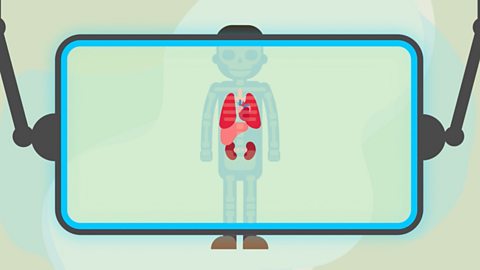
Keeping my body healthy. video
This animation explains the importance of eating well, drinking water, and getting enough exercise and sleep.
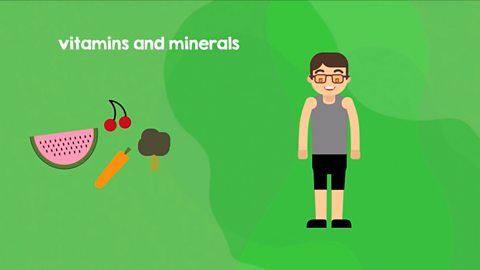
The food chain. video
This short film for KS1 pupils describes food chains, explaining what consumers and producers are, and what can happen if a food chain is disrupted.
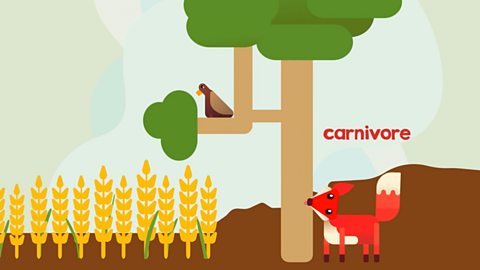
Conductors and insulators. video
This short film introduces pupils to conductors and insulators. It investigates how heat and electricity are transferred or not through different materials and illustrates the role that molecules play in this process.
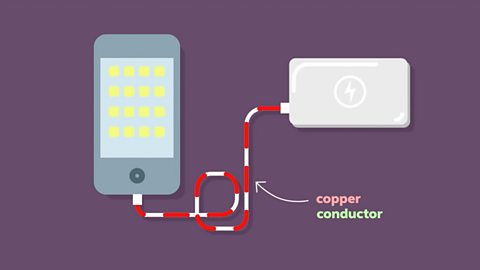
Solutions. video
In this short film we investigate solutions and how they are formed. We explore how two substances combine to form a solution and what their properties are.
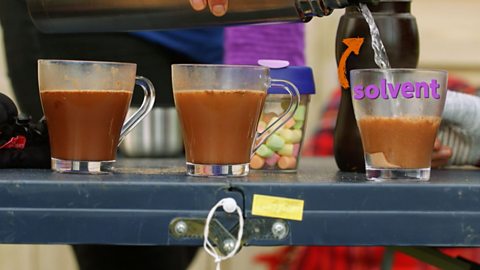
Plant life cycles. video
This short film explains how plants change over time, as well as the clever ways they reproduce.
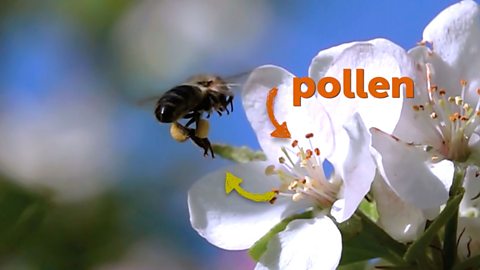
How does sound travel? video
This short film explains how sound travels through air. We investigate how sound is transferred through materials and the role that molecules have in this process.
